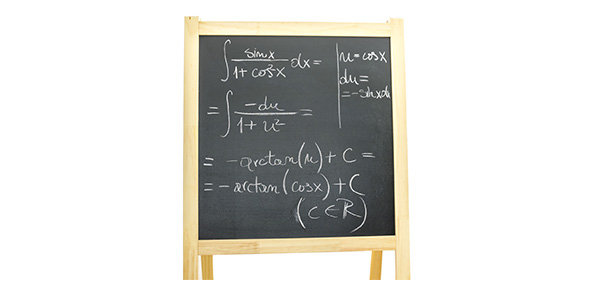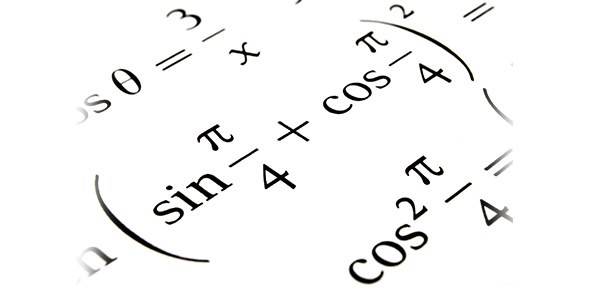Related Flashcards
Related Topics
Cards In This Set
| Front | Back |
|
What is inferential statistics concerned with?
|
It is concerned with generalizing beyond sets of actual observations, that is, about generalizing from a sample to a population.
|
|
What is Random Sampling?
|
A procedure designed to ensure that each potential observation in the population has an equal chance of being selected in a survey.
Ex: A state lottery where each number from 00 to 99 in the population has an equal chance of being selected as one of the five winning numbers.
|
|
What is Random Assignment?
|
Random assignment signifies that each person has an equal chance of being assigned to any group in an experiment.
Random assignment should be employed whenever possible.
Because chance dictates the membership of both groups, not only does random assignment minimize any biases that might favor one group or another, it serves as a basis for estimating the role of variablility in any observed result.
|
|
What does Random assignment allow us to evaluate?
|
It alows us to evaluate any finding, such as the actual average difference between two groups, to determine whether this difference is larger than expected just by chance, once variability is taken into account.
In other words, it permits us to generalize beyond mere appearances and determine whether the average difference merits further attention because it probably is real or whether it should be ignored because it can be attributed to variability or chance.
|
|
What is the difference between Surveys and Experiments?
|
Based on random samples from populations, surveys permit generalizations from samples back to populations.
Based on the random assignement of volunteers to groups, experiments permit decisions about whether differences between groups are real or merely transitory.
|
|
What is data?
|
A collection of actual observations or scores in a survey or an experiment.
|
|
What is Qualitative data?
|
Qualitative data consists of words (Yes or No), letters (Y or N), or numerical codes (0 or 1) that represent a class or category.
|
|
What is Ranked data?
|
Ranked data consists of numbers (1st, 2nd, ... 40th place) that represent relative standing within a group.
|
|
What is Quantitative data?
|
Quantitative data consists of numbers (weights of 238, 170 ... 185 lbs) that represent an amount or count.
|
|
What is Level of measurement?
|
The notion of level of measurement further clarifies the differences among the three types of data.
Level of measurement specifies the extent to which a number (or word or letter) actually represents some attribute and, therefore, has implications for the appropriateness of various aritmetic operations and statistical procedures.
|
|
What are the three levels of measurement?
|
Nominal, ordinal, and interval/ratio.
These levels are paired with qualitative, ranked, and quantitative data.
The properties of these levels--and the usefulness of their associated numbers--varies from nominal, the simplest level with only one property, to interval/ratio, the most complex level with four properties.
|
|
More on Nominal measurement...
|
If people are classified as either male or female (or coded as 1 or 2), the data are qualitative and measurement is nominal.
The single property of nominal measurement is classification--that is, sorting observations into different classes or categories.
Examples of nominal measurement include classifying mood disorders as manic, bipolar, or depressive; sexual preferences as heterosexual, homosexual, bisexual, or nonsexual; and attitudes toward stricter pollution controls as favor, oppose, or undecided.
Definition: Words, letters, or numerical codes of qualitative data that reflect differences in kind based on classification.
|
|
More on Ordinal measurement...
|
When any single number indicates only relative standing, such as first, second, or tenth place in a horse race or in a class of graduating seniors, the data are ranked and the level of measurement is ordinal.
The distinctive property of ordinal measurement is order.
Comparatively speaking, a first place finish reflects the fastest finish in a horse race or the highest GPA among graduating seniors. Although first place in a horse race indicates a faster finish than second place, we don't know how much faster.
Since ordinal measurement fails to reflect the actual distance between adjacent ranks, simple arithmetic operations with ranks are inappropriate. For example, it's inappropriate to conclude that the average of ranks 1 and 3 equals rank 2, since this assumes that the actual distance between ranks of 1 and 2 equals the distance between ranks 2 and 3. Instead, these distances might be very different, for example, if rank 2 is virtually tied with either rank 1 or rank 3.
Definition: Relative standing of ranked data reflects differences in degree based on order.
|
|
More on Interval/ratiio measurement...
|
Often the product of familiar measuring devices, such as rulers, clocks, or meters, the distinctive properties of interval/ratio measurement are equal intervals and a true zero. Weighing yourself on a bathroom scale qualifies as interval/ratio measurement. Equal intervals imply that hefting a 10-lb weight while on the bathroom scale always registers your actual weight plus 10 lbs. Equal intervals imply that the difference between 120 and 130 lbs represents an amount of weight equal to the difference between 130 and 140 lbs, and it's appropriate to describe one person's weight as a certain amount greater than another's.
A true zero signifies that the bathroom scale registers 0 when not in use, that is, when weight is completely absent. Since the bathroom scale possesses a true zero, numerical readings reflect the total amount of a person's weight, and it's appropriate to describe one person's weight as a certain ratio of another's. It can be said that the weight of a 200-lb person is twice that of a 100-lb person.
In absence of a true zero, numbers--much like the exposed tips of icebergs--fail to reflect the total amount being measured. For example, a reading of 0 on the Fahrenheit temperature scale does not reflect the complete absence of heat, that is, the absence of any molecular motion. In face, true zero equals -459.4 degrees F on this scale. It would be inappropriate, therefore, to claim that 80 degrees F is twice as hot as 40 degrees F. An appropriate claim could be salvaged by adding 459.4 degrees F to each of these numbers: 80 degrees F becomes 539.4 degrees F and 40 degrees F becomes 499.4 degrees F. Clearly, 539.4 degrees F is not twice as hot as 499.4 degrees F.
|
|
Overview: Types of Data and Levels of Measurement
|
Given some set of observations, decide whether any single observation qualifies as a word or as a number.
Rules.
If a word (or letter or numerical code), the data are qualitative and the level of measurement is nominal.
Arithmetic operations are meaningless and statistical procedures are limited. On the other hand, if a number, the data are either ranked or quantitative, depending on whether numbers represent only relative standing or an amount or count. If the data are ranked, the level of measurement is ordinal and, as with qualitative data, arithmetic operations and statistical procedures are limited. If the data are quantitative, the level of measurement is interval/ratio--or approximately interval when numbers represent nonphysical characteristics--and a full range of arithmetic operations and statistical procedures are available.
|







